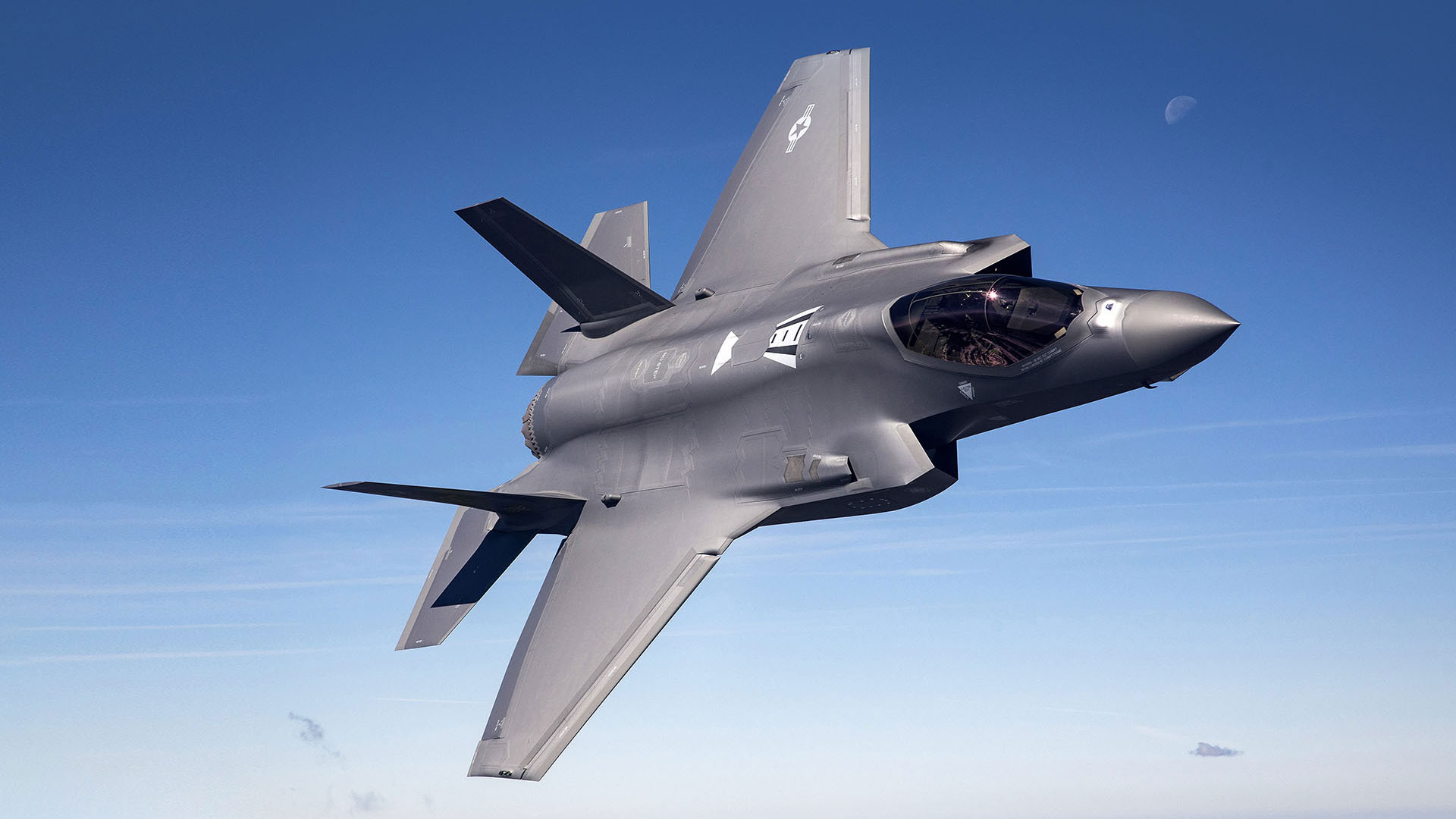Building the American Shield:
It Starts with Detection
The Big Picture:
The Department of Defense’s Golden Dome for America strategy aims to preserve peace through strength, deterring adversaries and defending the U.S. from a growing array of aerial threats.
A key part of that strategy: building an American Shield, a system that detects, tracks, and intercepts incoming missiles before they reach U.S. soil.
Deterrence Always Begins with Detection
Before any interceptor launches, before any threat is stopped, the system must first see clearly, know precisely, and respond confidently.
That’s where Lockheed Martin’s S-band radar technology comes in.
It powers next-generation radar systems like the Long Range Discrimination Radar (LRDR), TPY-6 and SPY-7, delivering modular, high-power coverage across land, sea, and space.
Designed for flexibility and speed, this technology forms the first line of detection in today’s layered missile defense architecture.
Why It Matters:
This isn’t just a radar, it’s a strategic enabler with mission-critical benefits.
Its powerful S-band technology provides:
- Early, persistent tracking of ballistic missiles from launch to midcourse, giving commanders time and clarity to make the right decisions.
- High-fidelity discrimination distinguishing real threats from decoys, increasing effectiveness and conserving costly interceptors.
- A future-proof design with open architecture supporting software upgrades and seamless integration across evolving defense systems, ready to counter advanced threats.
Proven in Action:
Scalable and adaptable, this radar technology supports missions from homeland defense to maritime operations.
- During FTX-26a, LRDR successfully tracked and discriminated a live ballistic missile threat in a complex environment.
- “This was a key test in the development of the LRDR system and its integration into the C2BMC network,” said MDA Director Lt. Gen. Heath Collins. “LRDR will provide USNORTHCOM and the United States Space Force with the ability to precisely track ballistic missile threats as well as other space objects, advancing our ability to deter adversaries and bolster our homeland missile defense.”
- In 2024, the Missile Defense Agency used the Aegis Guam System — integrated with a scaled version of LRDR (AN/TPY-6) — to intercept a live ballistic missile target.
- Today’s flight test is a critical milestone in the defense of Guam and the region,” Commander, Joint Task Force-Micronesia Rear Adm. Greg Huffman said. “It confirmed our ability to detect, track, and engage a target missile in flight, increasing our readiness to defend against evolving adversary threats. The event’s success is a testament to the incredible work of the team both within the DoD and the Government of Guam.
- It has supported multiple space domain awareness events, confirming the ability to track satellites, debris, and orbital threats.
- “This long‑range discrimination radar is designed to defend the homeland by providing [the] unparalleled ability to search, track and discriminate multiple objects simultaneously.” - Lt. Gen. A.C. Roper – U.S. Northern Command Deputy Commander
From Detection to Defense:
The strategy behind Golden Dome for America requires speed, certainty, and scalability across layered homeland defense:
- Speed — to react quickly
- Certainty — to engage the right targets
- Scalability — to adapt across theaters future threats
This radar technology delivers on all fronts — with fielded systems, proven results, and readiness for tomorrow’s fight.
The Bottom Line:
You can’t stop what you can’t see.
Lockheed Martin’s scalable S-band radar technology sees farther, sharper, and sooner — making it the first and most critical layer of the American Shield. And more capabilities like these are ready now.




